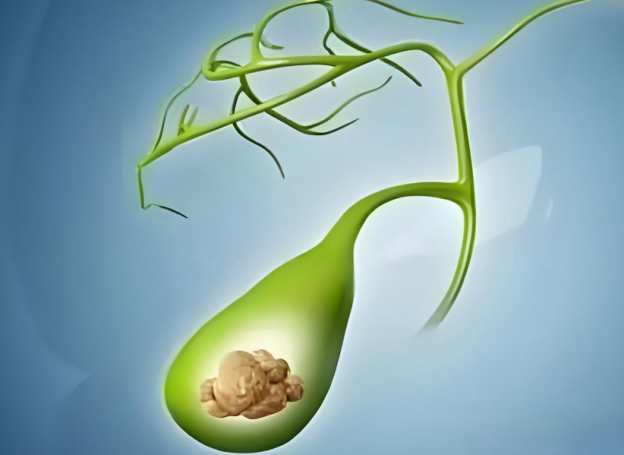Commonly, stones (calculi) form in the urinary system, the biliary system, and on teeth. Less frequent sites include the eyes, stomach, pancreas, and bronchi. The main locations are outlined below.
- Urinary system
– Kidney, ureter, bladder, and urethral stones.
– Exact cause unknown; both external and internal factors raise the concentration of calcium-containing solutes and matrix in urine, promoting crystallization.
– Small stones: oral medical expulsion therapy.
– Medium-sized or non-severe obstruction: extracorporeal shock-wave lithotripsy (ESWL).
– Large or heavily obstructed stones with infection: minimally invasive surgery (ureteroscopy, percutaneous nephrolithotomy, etc.). - Biliary system
a) Gallbladder stones: linked to hormonal changes, obesity, chronic high-fat diet; treated with laparoscopic cholecystectomy when indicated.
b) Common-bile-duct stones: possibly related to infection, obstruction, or parasites; managed surgically or endoscopically to restore bile flow.
c) Intrahepatic stones: strongly associated with recurrent cholangitis; environmental and genetic factors implicated; usually require surgical removal. - Teeth
– Dental calculus arises in patients with gingivitis or periodontitis. Soft plaque mineralizes and hardens over time.
– Prevention: good oral hygiene; routine professional scaling to prevent progressive gum damage.
| System / Organ | Types of Stones | Main Risk / Etiology | Typical Management |
|---|---|---|---|
| Urinary system | Kidney, ureter, bladder, urethral stones | ↑ urinary Ca/oxalate/uric acid, matrix concentration; low urine volume | Small: oral expulsion therapy Medium: ESWL Large/obstructed: ureteroscopy, PCNL, other MIS |
| Biliary system – Gallbladder | Gallstones (cholelithiasis) | Obesity, high-fat diet, hormonal changes | Laparoscopic cholecystectomy when symptomatic |
| Biliary system – Common bile duct | Choledocholithiasis | Infection, obstruction, parasites | ERCP + sphincterotomy / stone extraction or surgical drainage |
| Biliary system – Intrahepatic ducts | Hepatolithiasis | Recurrent cholangitis, environmental & genetic factors | Surgical hepatectomy or hepatico-jejunostomy |
| Teeth | Dental calculus (sub-gingival/supra-gingival) | Plaque mineralization in gingivitis/periodontitis | Good oral hygiene, regular professional scaling |
